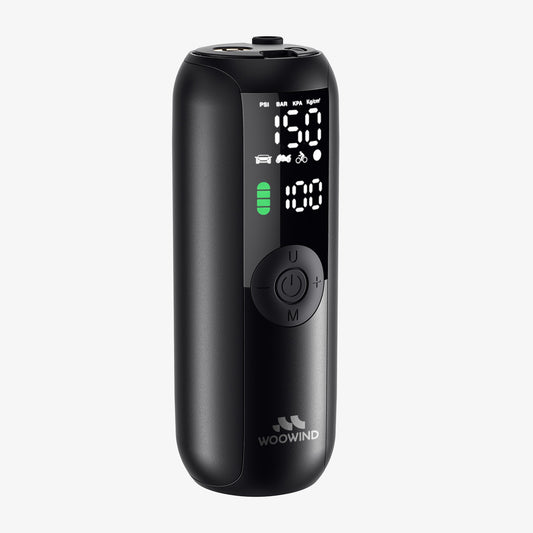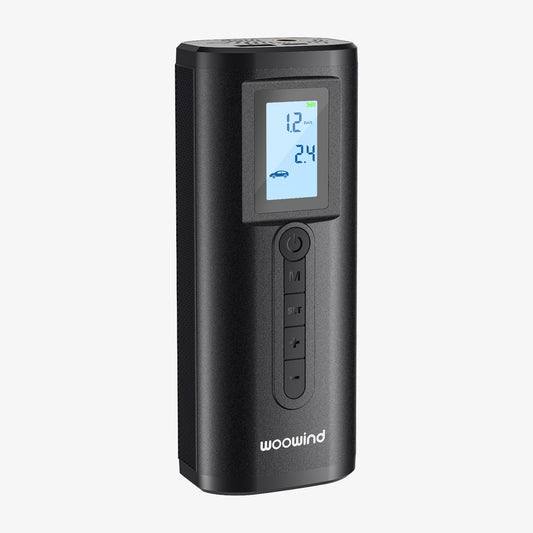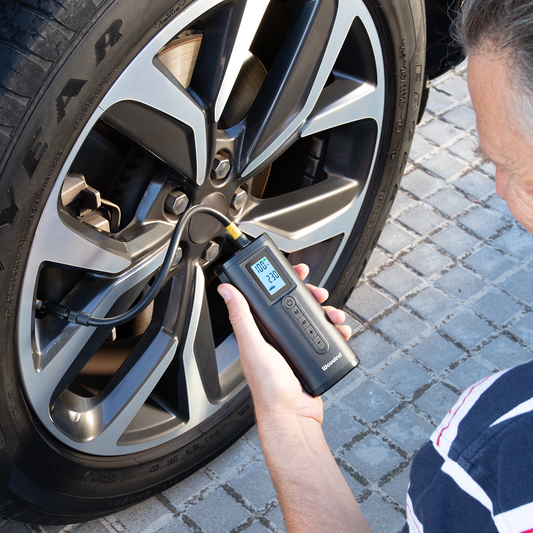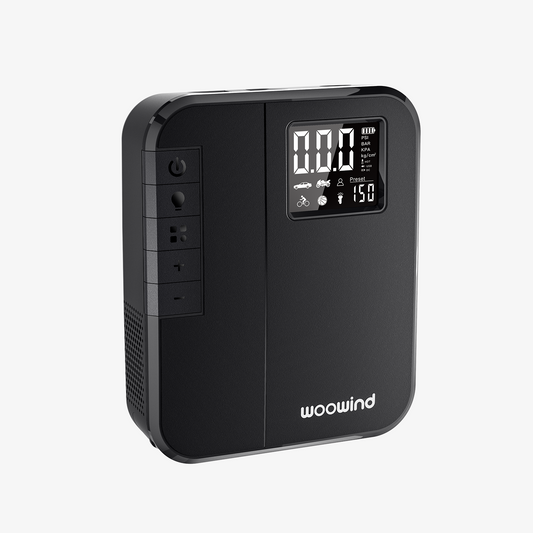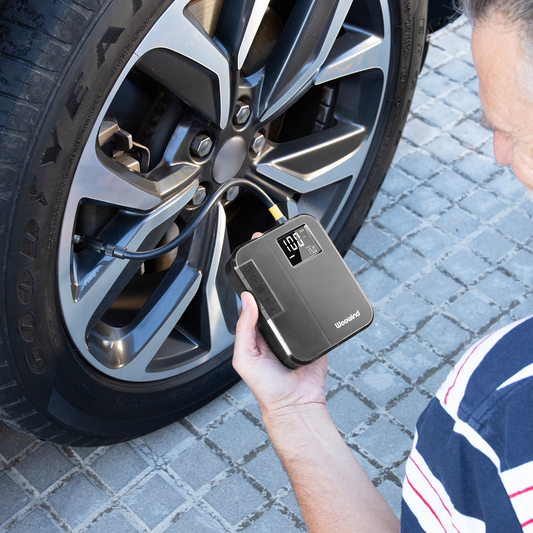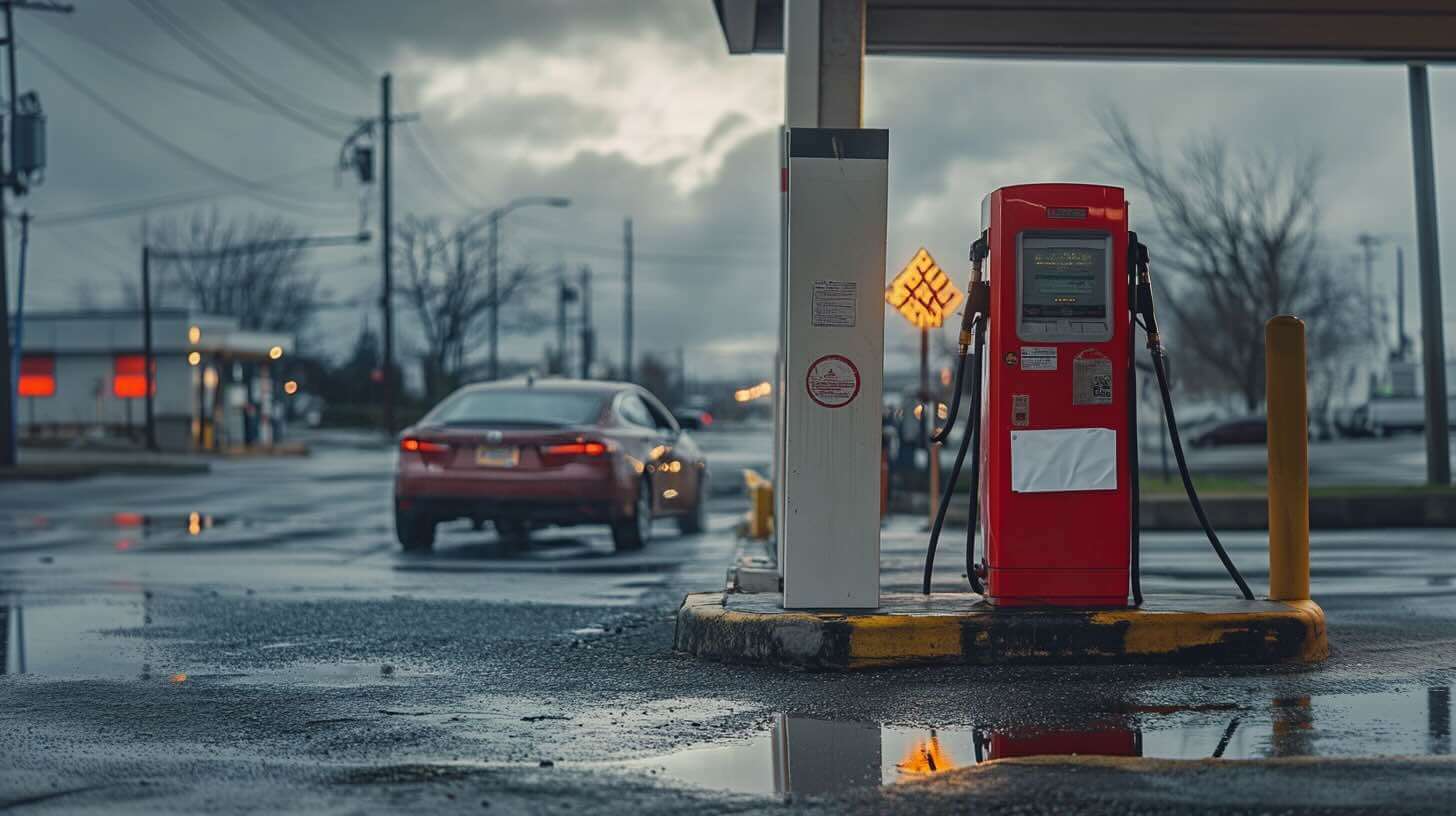
When Should I Change My Tires? Essential Safety Guide
Tires don’t last forever—and waiting too long to replace them can put your safety at risk. If you’ve ever wondered when should I change my tires, the answer depends on more than just mileage. Tread wear, tire age, and even changes in how your vehicle handles can all be warning signs. In this guide, we’ll help you recognize the key indicators and timelines, so you’ll know exactly when it’s time to make the switch.
Table of Contents
Warning Signs Your Tires Need Replacing
Tread Depth Below 2/32": Use the penny test or a digital gauge to check. If Lincoln’s head is visible, it’s time.
Sidewall Cracks or Bulges: These may signal dry rot or internal damage.
Uneven Wear: Caused by improper alignment or inflation.
Vibration While Driving: May indicate tire imbalance or internal separation.
Frequent Air Loss: Suggests valve stem leaks or slow punctures.
How Often Should You Replace Tires?
Mileage: Most tires last 60,000–80,000 kilometers (or 40,000–50,000 miles), depending on driving style and tire type.
Tire Age: Even with good tread, replace tires after 6 years (check the DOT code on the sidewall).
Usage & Climate: Hot climates and frequent short trips accelerate tire aging.
Tip: Rotate your tires every 8,000–10,000 km to promote even wear and extend life. Follow this tire rotation guide for step-by-step instructions.
What to Do After Replacing Your Tires
Check DOT Code: Ensure tires are new (not stored for years).
Install New Tires on Rear: For better control, especially in wet conditions.
Inflate Properly: Use a smart pump like the Woowind LP1 to match your car's recommended PSI.
Get Wheel Alignment: Prevent premature uneven wear.
Break Them In: Drive gently for the first 300–500 km to let the rubber cure.
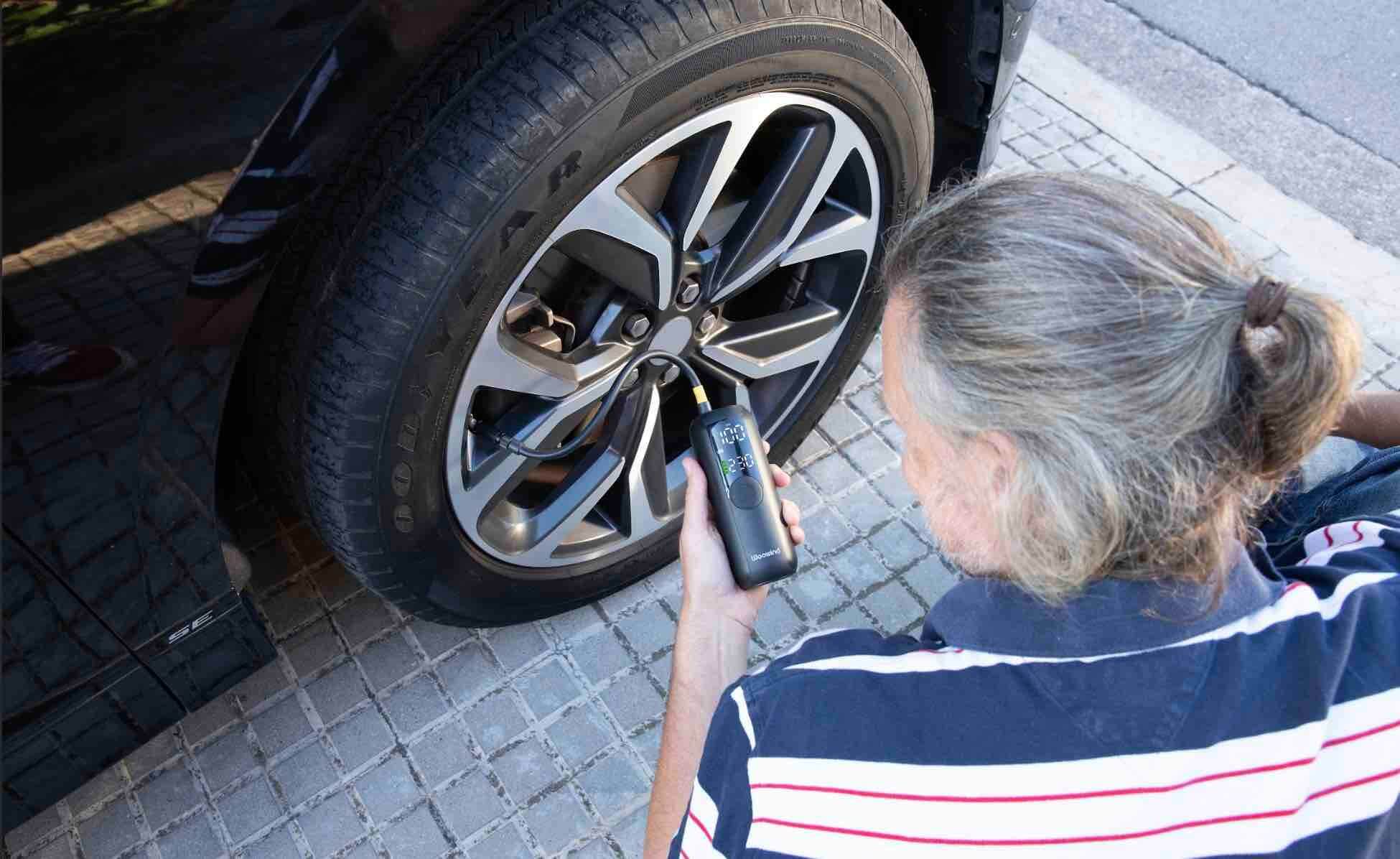
Pro Tips to Extend Your Tire’s Life
Inspect Monthly: Check for cuts, punctures, or aging. Use this tire pressure check guide to ensure your PSI stays within safe limits.
Avoid Overloading: Too much weight wears tires unevenly.
Maintain Correct Pressure: Low pressure = more heat and wear. Consider a smart inflator for precision.
Choose Quality Tires: Avoid used or mismatched sets. Stick to reliable options that suit your driving conditions. Browse our full car air pump collection for tools that help maintain perfect tire health.
Final Word: Don’t Wait for a Blowout
Tire health is non-negotiable when it comes to safety. By spotting the signs early and replacing your tires proactively, you’ll enjoy better handling, fuel efficiency, and peace of mind—wherever the road takes you.
Ready for a smarter, safer drive? Keep your tire pressure perfect with the Woowind LP1, designed to deliver reliable inflation in under two minutes. Learn exactly how to use your tire inflator for optimal results.
FAQs
How do I know it's time to change my tires?
If tread depth is below 2/32", you notice sidewall cracks, or experience persistent vibration or air loss, it’s time to replace them.
Do tires expire even if they look fine?
Yes. Rubber ages over time. Replace any tire older than 6 years, even if the tread appears usable.
Should I replace all four tires at once?
Ideally yes, but if not possible, replace tires in pairs and install the new ones on the rear axle.
How often should I check tire pressure?
At least once a month. Use a smart inflator for accuracy and adjust to your vehicle’s recommended PSI.
Is wheel alignment necessary after changing tires?
Absolutely. Proper alignment prevents uneven wear and improves handling.


